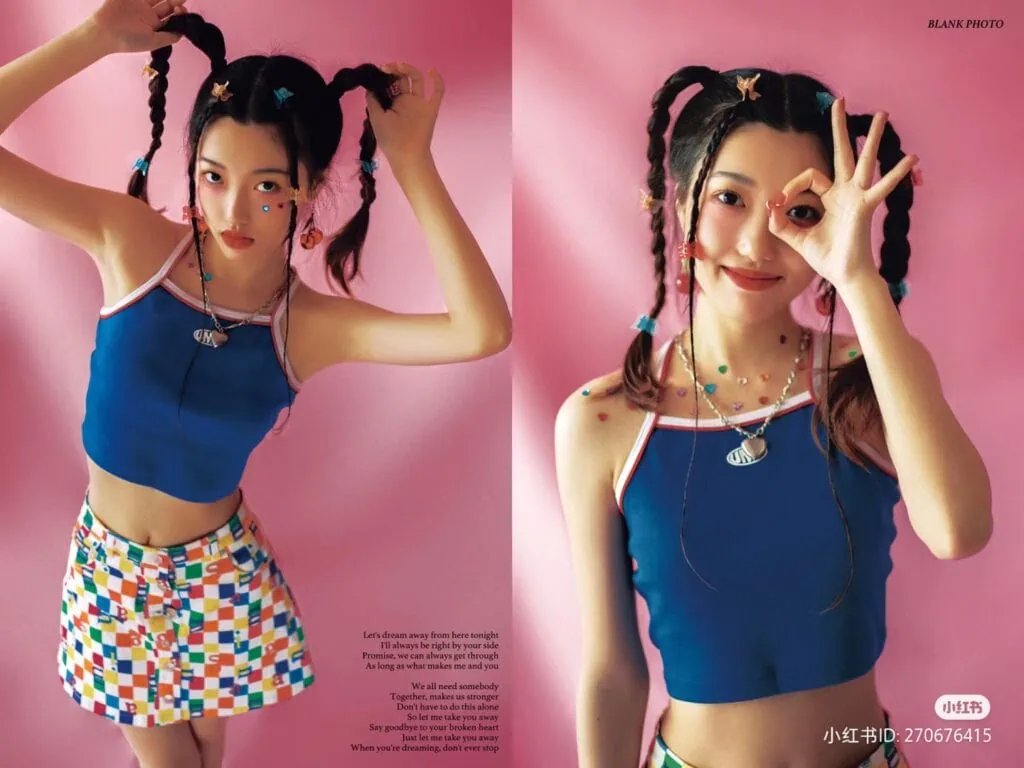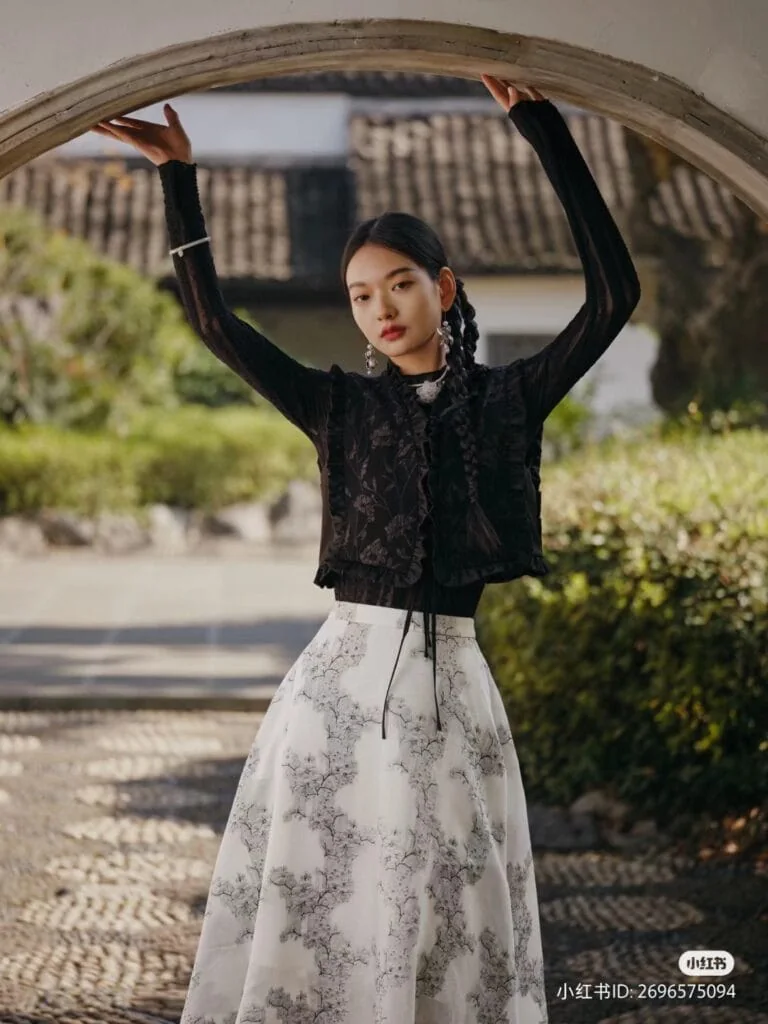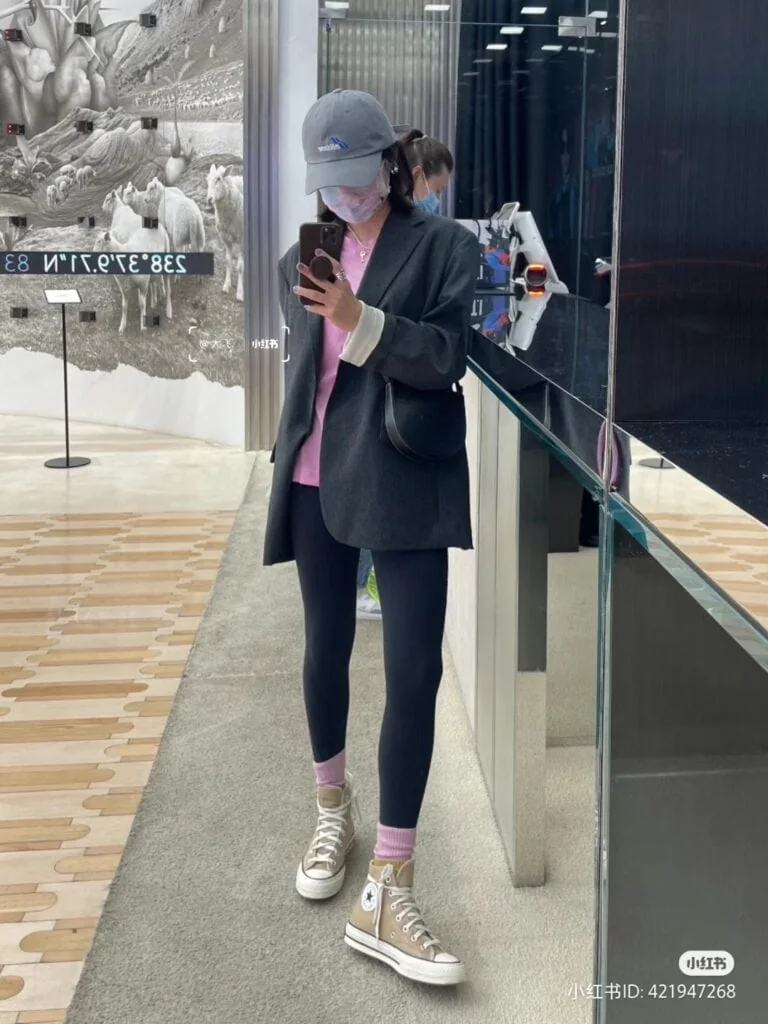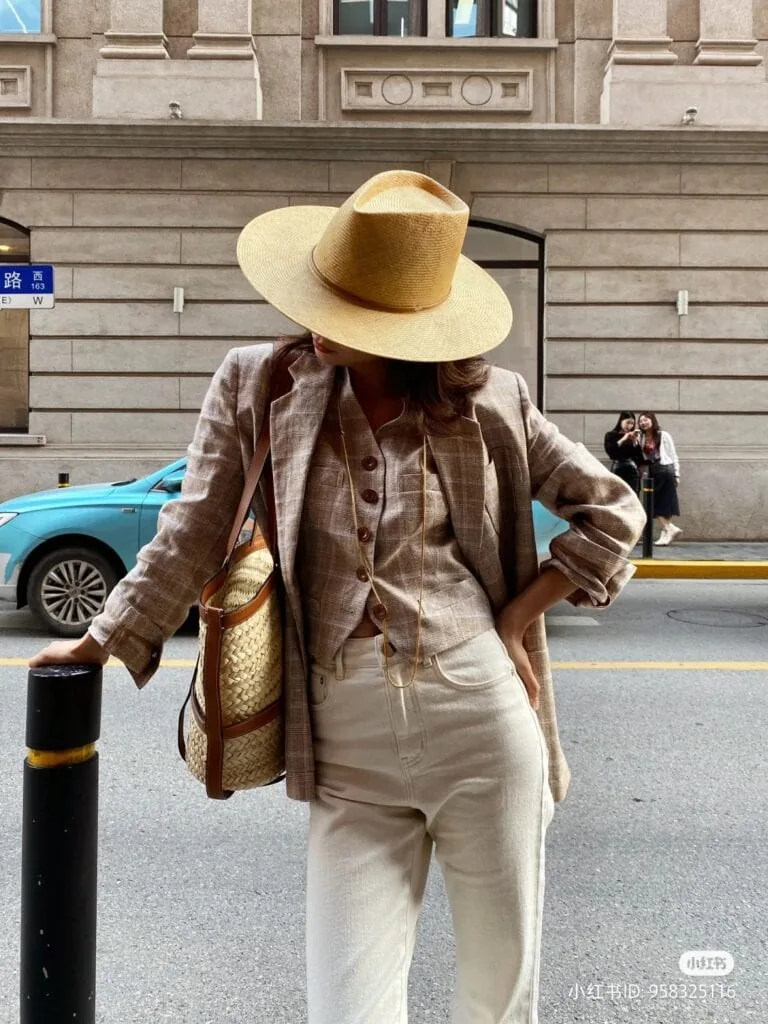As 2023 gets going, three new categories of consumer have emerged: high-end fashion adopters, quality life practisers and trend chasers – and they’ve all become leading forces in the country’s apparel market, writes Qing Na from Dao Insights
The emergence of a more diverse and niche-interest-driven Gen-Z consumer has led to a rethink of the styles being championed by fashion’s biggest players. Aiming to cater to both fast-changing aesthetic tastes and more multi-layered needs in terms of functionality, China’s clothing industry wants just one thing in 2023: to bounce back. Dao Insights walks us through the most prominent fashion trends, how they resonate with China’s shrewd consumers, and why all consumer brands – not just apparel companies – should take note.
Y2K
Y2K, or “Year 2000”, is a fashion throwback to pop culture in the late 90s and early 00s. The sporty yet sexy aesthetic is characterised by slick futuristic looks and outfits including everything from tight leather trousers and shiny clothing to silver eye shadow and spiky up-dos. Jennie from Korean girl group Blackpink is a particularly well known pioneer of the look.
The style has emerged as a subculture in China, catering to the pursuit of personality and individuality, as well as the philosophy of “freedom to dress” upheld by young Chinese people. It is particularly sought after by young women aged between 18 and 29, who also have a strong interest in activities such as fitness, pop music and e-sports, according to the 2023 Fashion Trends Insights Report published by Taobao.
Taobao saw online sales of clothing in the Y2K style surge three-fold between 2020 and 2022, while the number of Y2K merchants reached 10,000 in the same period. With the topic of Y2K drawing a staggering 450 million views on China’s fashion vanguard Xiaohongshu, this trend has taken a firm hold in the hearts of Chinese consumers.
New Chinese Style
The guochao trend continues to maintain a foothold, although the fashion style inspired by the so-called “Chinese wave” has recently been given a new lease of life. While continuing the concept of blending contemporary designs with nostalgic cues from Chinese culture, the new styling appears to be bolder in terms of adopting Western aesthetics. Unlike traditional costumes such as Han Fu (or Han costume), this renewed look has strong links with a modern lifestyle and is synonymous with qualities such as “elegance and refinement”.
While suitable for a range of daily social and leisure scenarios, the style has made particularly frequent appearances during “Wei Lu Zhu Cha”, an old-fashioned activity involving a group of people roasting tea drinks by a stove, and has seen the most interest from the post-90s generation. This generation has been shown to have a stronger appetite for classical literature and travel and an overall appreciation for a laid-back lifestyle.
The New Chinese Style has been steadily gaining steam in the past three years, with sales recording an increase of 150% between 2020 and 2022, which has pushed e-commerce platforms to double down on their efforts to showcase collaborations between brands and KOLs wearing such looks. Having garnered views of 1.5 billion on Douyin and another 310 million on Xiaohongshu, New Chinese Style bears great market potential that is yet to be unleashed.
Office Leisure
The work-from-home provision that emerged from the Covid-19 pandemic has reshaped the public’s work outfit choices. While office life has largely resumed in China following the relaxation of stringent Covid rules, a preference for chilled-out loungewear has remained – but with a professional twist.
This hybrid dressing style typically sees a combination of either a hoodie or other athleisurewear beneath a blazer jacket in muted colours with loose silhouettes, matched with trainers, which is “professional enough for the workplace” but also easily adaptable to situations such as a light workout in the gym.
Pulling off double sales growth in the past three years, this style is favoured by young working professionals aged between 25 and 30. The neutral palette is deemed compatible with China’s work environment but also provides comfort and flexibility in multiple scenarios, which is in line with the more diverse lifestyle lived by China’s Gen-Z and Millennial segments.
Vintage Styles
Also known as Gu Zhuo in Chinese, the rise of vintage style goes hand in hand with the overall growth of the vintage market in China in recent years. Nostalgic looks featuring dress styles from Hong Kong in the 1980s and 1990s and those reflecting the yesteryear aesthetics of France, Italy, the UK and America are among the top trending, propelling the hashtag “Vintage” to draw in more than 120 million views on Xiaohongshu.
The rise in vintage clothing is also coupled with the growing interest in musical theatre performances amongst the post-90s cohort, from traditional Chinese theatre shows to international classics such as Cats and the Broadway production of Rent. These musical works have played a crucial role in the penetration of vintage aesthetics among China’s younger generation.
Old Money
This aesthetic refers to a low key luxury style. Instead of bragging about one’s wealth with pronounced logos, Old Money fashion is designed to exhibit a person’s sensibility through neat, understated and often expensive clothes.
Denoted by “quiet luxury” pieces such as chinos, cardigans, Oxford shirts and tweed coats, this style interests China’s young women aged between 18 and 35 in particular, who are generally financially comfortable and want to pursue a simple and classic aesthetic. The trend also fits in with an overall tendency towards more rational consumer behaviour, which focuses on the functionality and comfortable texture of products. According to the 2023 China Consumer Insights and Market Outlook White Paper, these unpretentious clothes are also viewed as a display of a person’s “maturity” and “personal taste”.
These fashion trends reflect the upgrading of China’s overall apparel market, in which clothing is highly associated with individuality and personality on top of basic functions. It also shows that wearable products are expected to be applicable in more varied scenarios, which is the result of multi-dimensional consumer demands. Apparel brands are, therefore, advised to keep their finger on the pulse of consumer interests in order to resonate with their target audience.









